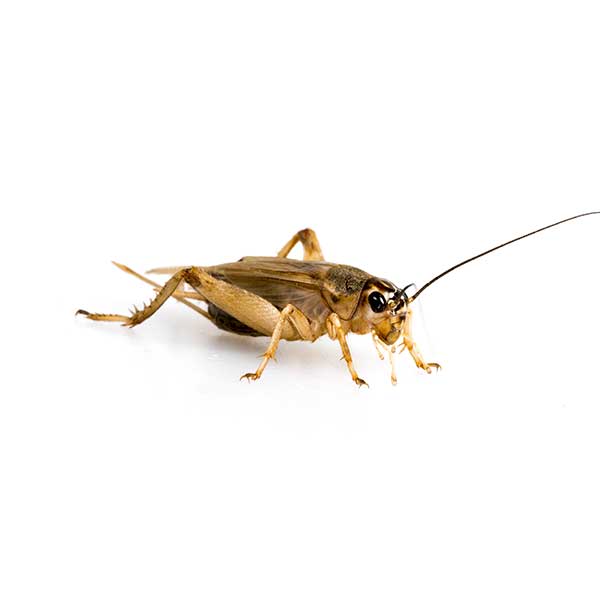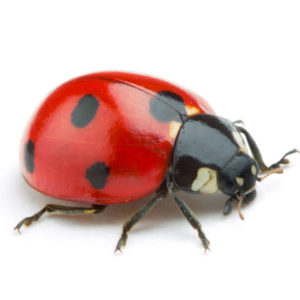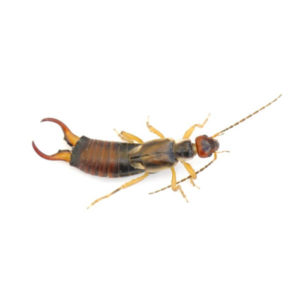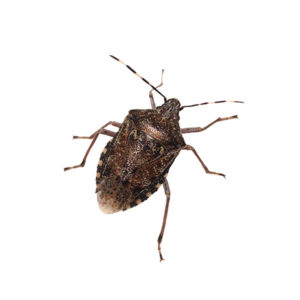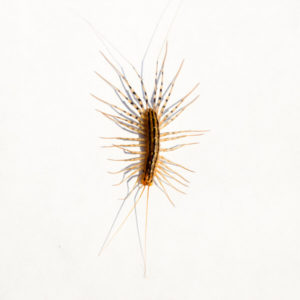House Crickets in Anaheim
House crickets were brought to Canada and the United States in the 18th century, and they quickly caught the interest of early writers because of their nighttime songs and habit of nibbling on clothing. These crickets are active at night and eat a wide range of foods, with a special liking for liquids, especially things like beer or sweetened vinegar. House crickets prefer warm and damp places, so as the weather cools down in the fall, they often look for food and shelter inside homes and structures.
House Cricket Habitat
In warm weather, house crickets live outdoors among piles of debris, firewood, and rocks. You might also spot them in compost bins and garbage dumps, especially during the winter while they search for warmth and shelter. During the colder season, house crickets may also venture indoors and prefer to stay in the warm parts of the house. Since they are nocturnal, homeowners might notice their presence when males make familiar chirping sounds, which can be quite disruptive while trying to sleep.
House Cricket Behaviors, Threats, or Dangers
House crickets are not known to bite or carry diseases, but they can be a bother if they get inside a home. They might damage clothes, carpets, and other types of fabric. Since these crickets like warmth, you’ll often find them near places like the fireplace or furnace. They like to hide in cracks, behind baseboards, and sometimes even burrow into wall mortar. In addition to destroying fabrics, they can also be very disruptive while chirping. If you are annoyed with house crickets on your property, consult your local pest control expert for advice on how to keep them at bay.

